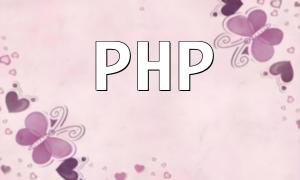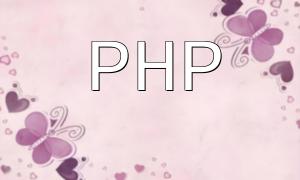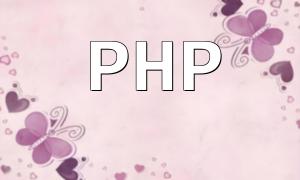Before learning how to create JSON objects in PHP, it is important to understand what JSON is. JSON (JavaScript Object Notation) is a lightweight data-interchange format. It is based on a subset of JavaScript syntax and uses key-value pairs to represent data. It is easy to understand and generate, making it widely used in web development. JSON is commonly used in AJAX communication and API data transmission, becoming one of the most popular data formats in modern development.
In PHP, we can easily convert a PHP array into a JSON-formatted string using the `json_encode()` function. Below is an example of how to create a simple JSON object:
$json = array(
'name' => 'Tom',
'age' => 20
);
echo json_encode($json); // Output: {"name":"Tom","age":20}
In the example above, we created a PHP array with two key-value pairs, `name` and `age`, and then used the `json_encode()` function to convert it into a JSON string and output it.
If you need to create nested JSON objects, you can use a nested PHP array structure. Here is an example that demonstrates how to create a JSON object containing a nested JSON object:
$json = array(
'name' => 'Tom',
'age' => 20,
'address' => array(
'city' => 'Beijing',
'street' => 'Chang An Street'
)
);
echo json_encode($json); // Output: {"name":"Tom","age":20,"address":{"city":"Beijing","street":"Chang An Street"}}
In this example, the `address` field is a nested array, representing a JSON object. The `json_encode()` function will convert this structure into the correct JSON format.
In addition to creating nested JSON objects, we can also create nested JSON arrays. Below is an example that demonstrates how to create a JSON object containing a nested JSON array:
$json = array(
'name' => 'Tom',
'age' => 20,
'hobbies' => array('reading', 'playing games', 'swimming')
);
echo json_encode($json); // Output: {"name":"Tom","age":20,"hobbies":["reading","playing games","swimming"]}
In this example, the `hobbies` field is a nested PHP array, representing a JSON array. The `json_encode()` function will convert the array's elements into the appropriate JSON format.
Besides creating basic JSON objects, you can also customize the output JSON format by setting various parameters in the `json_encode()` function. The second parameter `$flags` accepts multiple control options, such as:
Below is an example of generating a formatted JSON string using the `JSON_PRETTY_PRINT` option:
$json = array(
'name' => 'Tom',
'age' => 20
);
echo json_encode($json, JSON_PRETTY_PRINT); // Output formatted JSON
In this example, `json_encode()` generates a JSON object and applies the `JSON_PRETTY_PRINT` option, which adds newlines and indentation to make the JSON string more readable.
Through this guide, you have learned how to create nested JSON objects in PHP. By using nested PHP arrays and the `json_encode()` function, you can easily generate complex JSON structures that meet the requirements of different data exchange scenarios.









